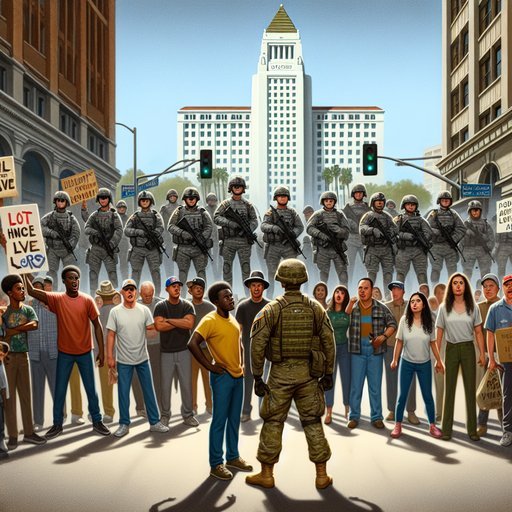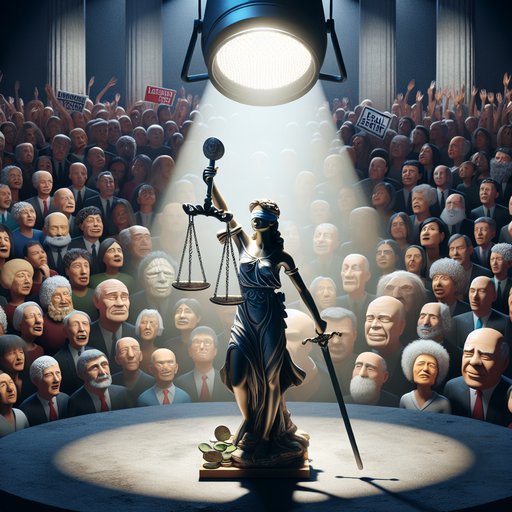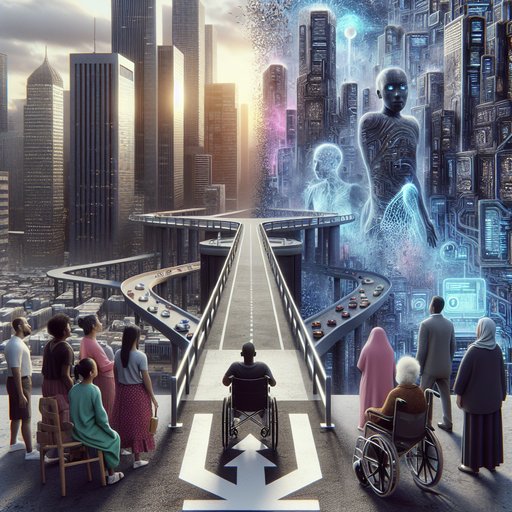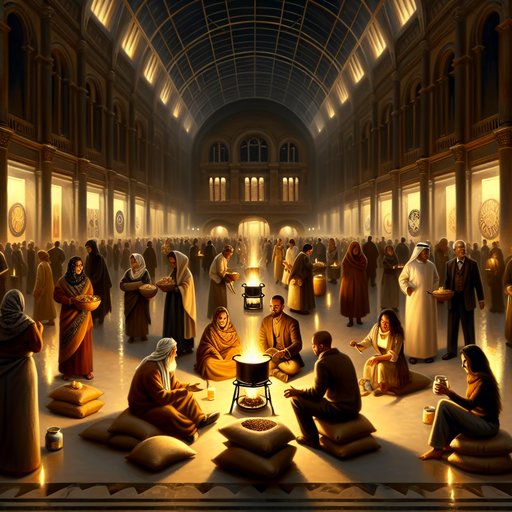
In a dramatic escalation of tensions, California has become a flashpoint in the national debate over immigration enforcement, with protests raging across Los Angeles in response to aggressive Immigration and Customs Enforcement (ICE) raids. President Donald Trump, doubling down on his hardline immigration stance, deployed 2,000 California National Guard troops to the city on June 8, 2025, overriding the explicit objections of Governor Gavin Newsom, who condemned the move as “purposefully inflammatory” and a “serious breach of state sovereignty.” This unprecedented federal action has ignited a firestorm of criticism, raised legal questions, and deepened the divide between state and federal leadership, all while protesters clash with law enforcement in the streets.
The unrest began on June 7, 2025, following a series of large-scale ICE operations across Los Angeles County, targeting areas like the fashion district and a Home Depot in Paramount, a known hiring spot for day laborers. According to the Department of Homeland Security, ICE detained over 150 undocumented immigrants in the initial sweeps, with a weeklong tally surpassing 100 arrests, some involving individuals with prior criminal histories, though others were legally present residents. Protesters, many waving Mexican flags and chanting “ICE out of L.A.!” took to the streets, decrying what they see as indiscriminate and terrorizing tactics. Clashes erupted in Paramount and Compton, where demonstrators set a car ablaze, tossed concrete projectiles, and faced tear gas, flash-bang grenades, and rubber bullets from law enforcement, including the Los Angeles Sheriff’s Department and Border Patrol agents. The Los Angeles Police Department (LAPD) reported 39 arrests over the weekend, with Chief Jim McDonnell noting the protests had “gotten out of control,” though he insisted the LAPD responded within 38 minutes despite traffic and crowd challenges.
On Saturday, June 8, 2025, President Trump signed a presidential memorandum, invoking Title 10 of the U.S. Code to federalize 2,000 California National Guard troops, citing “incidents of violence and disorder” as a “form of rebellion” against federal authority. The White House, through Press Secretary Karoline Leavitt, justified the deployment, claiming “violent mobs” attacked ICE officers and that California’s “feckless Democrat leaders” failed to protect citizens. Troops began arriving Sunday, stationed around federal buildings and detention centers, though they largely refrained from direct engagement with protesters. This marks a rare instance of a president overriding a governor’s authority to deploy the state’s National Guard, a move not seen since 1965, when President Lyndon B. Johnson sent troops to protect civil rights marchers in Alabama, per the Brennan Center for Justice.
Governor Newsom, a Democrat, fiercely opposed the deployment, calling it “unlawful and immoral” and announcing on June 9, 2025, that California would sue the Trump administration. “Trump is sending 2,000 National Guard troops into LA County—not to meet an unmet need, but to manufacture a crisis,” Newsom posted on X, urging protesters to “stay peaceful” and not “give them a spectacle.” He argued local authorities, including the LAPD and California Highway Patrol, had the situation under control, a claim echoed by Los Angeles Mayor Karen Bass, who called the federal move a provocation to “enflame tensions.” Newsom’s office highlighted the California Values Act (SB 54), a sanctuary law barring local law enforcement from aiding ICE, underscoring the state’s commitment to shielding immigrants. The governor’s lawsuit challenges the federalization as a violation of state sovereignty, a debate now poised to test the limits of Title 10 and the Posse Comitatus Act, which restricts federal troops from domestic law enforcement.
The deployment has split reactions along party lines. Republicans like Representative Darrell Issa criticized Newsom and Bass, alleging they let “Los Angeles burn” and defend sanctuary policies that hinder ICE. Vice President JD Vance and senior aide Stephen Miller branded the protests a “violent insurrection,” amplifying Trump’s narrative. Meanwhile, Democrats, including Rep. Nanette Barragán and former Vice President Kamala Harris, condemned the move as a fearmongering tactic to “spread panic and division.” Protesters, organized by groups like the Party for Socialism and Liberation, rallied at City Hall on June 9, 2025, decrying ICE’s actions as an “authoritarian assault” on immigrant communities vital to California’s economy.
This clash is more than a local skirmish—it’s a microcosm of Trump’s aggressive second-term immigration crackdown, aiming to deport thousands daily and expand ICE detention capacity to 100,000. The heavy-handed response risks alienating a state where Hispanics and foreign-born residents form a significant demographic, per census data. While Trump’s supporters see this as decisive law-and-order action, critics argue it’s a reckless overreach, inflaming tensions and undermining trust. As protests continue and legal battles loom, California stands at the epicenter of a defining national struggle—one where the balance of power, human rights, and democratic norms hang in the balance.
























